THE LANDSCAPE NORTH OF OSLO, STOCKHOLM, HELSINKI AND SAINT PETERSBURG
a
This is a long-term landscape study that included a journey from Træna in Norway to Pudozh in Russia by bicycle and that is documented in a book, of which you can read the proloque here, and in film, with the first video above.
a
I still believe we need new places of 'nothingness', non commercial at least. Such as an empty church at mid-day that might resonate calmth and silence. Not necessarily related to religion but its age, mass, temperature, uselessness. Places of no time-keeping, no plan, no commercial purpose. Instead of calling it the sacred, we might call it the void! We need this in cities. But where can we find it and how do we nurture it once found. I felt attracted to deserted stone buildings in Bretagne, France and wooden sheds in Norrland, Sweden. Either for their uselessness to human purpose and value systems or for their future potential. Their remoteness or sometimes special cultural status ensures their existence.
a
Can places like these afford sitting, sleeping, eating, washing or singing, dancing, caring for plants? Without any expectations! People will live and choose to live in remote situations. There they will somehow sustain themselves, they will be productive in situations other than those where most people live. And these are places where a void might be found more easily even though it is needed most where it is dense with human activity, in cities. Should we work to defend the voids that are left in cities? Should citizens facilitate voids in remote situations so they might find themselves there someday? Or can these places be the surplus of life in remote situations itself as a gift to the citizens and all other uninvited guests?

A building or land without purpose and even a building in decay, a ruin has a strong potency. It invites us to imagine both in past and future tense as Juhani Pallasmaa describes well:
a
'Buildings and their remains suggest stories of human fate, both real and imaginary. Ruins stimulate us to think of lives that have already disappeared, and to imagine the fate of their deceased occupants. Ruins and eroded settings have a special evocative and emotional power; they force us to reminisce and imagine. Incompleteness and fragmentation posses a special evocative power. In medieval illustrations and Renaissance paintings, architectural settings are often depicted as a mere edge of a wall or a window opening, but the isolated fragment suffices to conjure up the experience of a complete constructed setting.'
a
- Juhani Pallasmaa, Encounters 2, Architectural Essays, ed. P.MacKeith, Rakennustieto Publishing, 2012, p. 26.
a
These words bring back memories of my childhood, of a place near the house I grew up in. With numerous structures which appear to be ruins, together forming a small settlement. In fact the structure in the photo above might be finished not long before the photo was taken. The man who works in this place is a retired engineer. He starts working on these structures but never completes them at least not in common understanding. Not since I started visiting this site outside of his working hours when he went home. There are some sheds and houses from before that are almost finished. I used to go there to play and look at these structures thinking of the possible completed spaces. Like the steps in the photo and the small platform after the fourth step, from where I imagined it would be possible to look out and see who came knocking at the front door. Today the man is in his nineties and still comes here every morning to work and no more buildings are completed. Wandering and playing in this setting has stimulated my imagination and strongly influenced my wish to study architecture. This explains why, in my experience, often when a vacant building is transformed to fit a new use I feel a slight disappointment. The building has lost its capacity to evoke my imagination of a different future. The function of the vacant building is to be vacant!
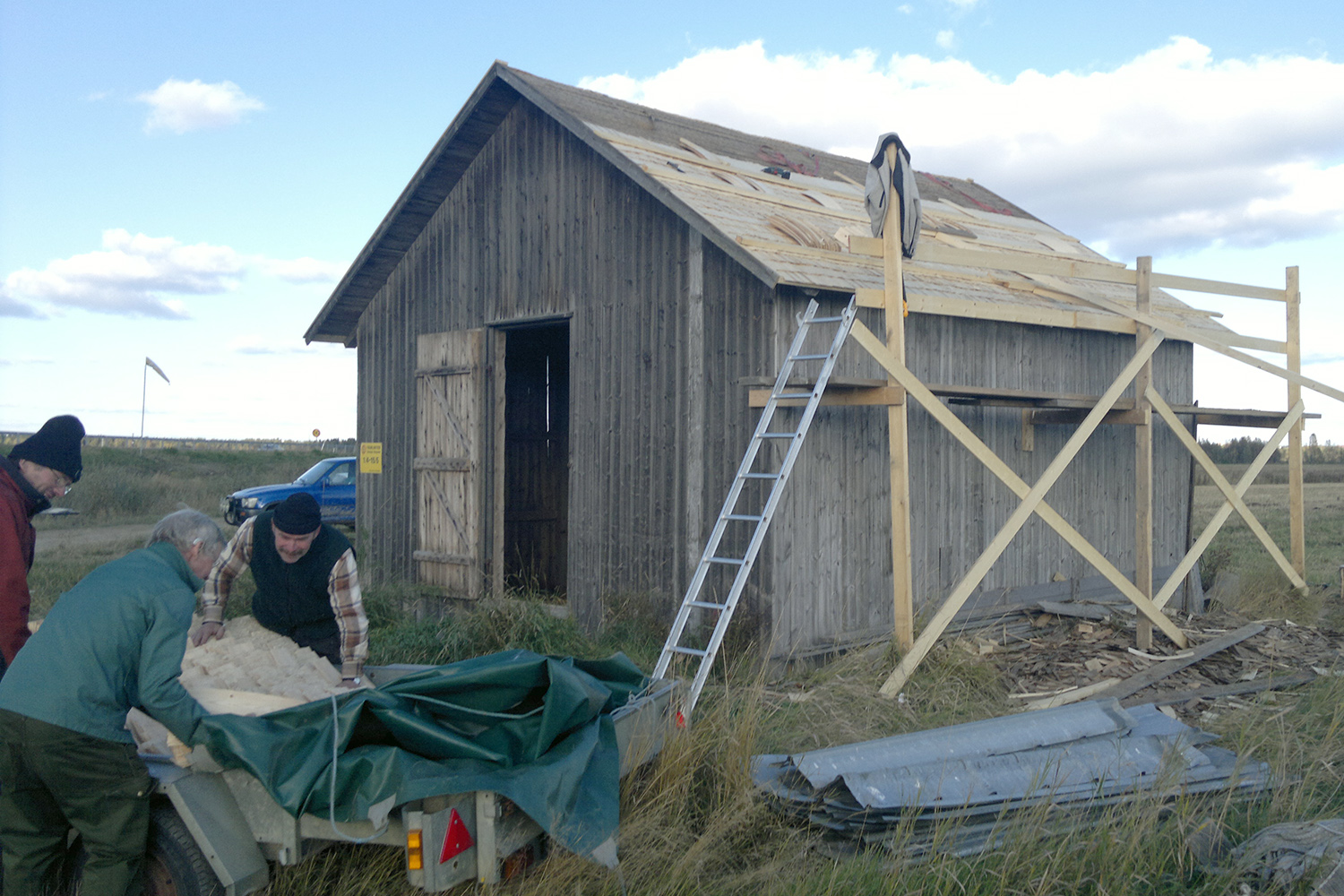
My point of departure in this narrative is near Umeå, September 2014, when I learned about numerous vacant barns in farmland around Umeå by meeting Rolf & Ilja at one of them. Two carpenters that were renovating the roof of the barn. Not by placing new metal roofing as is now common but with wooden shingles. This is one of the older building techniques specific to this area. They told me these barns were no longer of interest to the farmers, possibly only to the owners for storage. So why were they maintained?
a
In the following months my interest in the barns grew. I learned about the work done by Västerbottens Museum in Umeå, which is a county museum with responsibility for the cultural history of Västerbotten County. Maria Appelstam Häll, among others working for the museum, arranged the renovation of around fifty-five barns in this area. Furthermore I heard the stories of people that have spent time in and around the barns throughout their lives. And I searched for meaningful ways of reimagining their use.
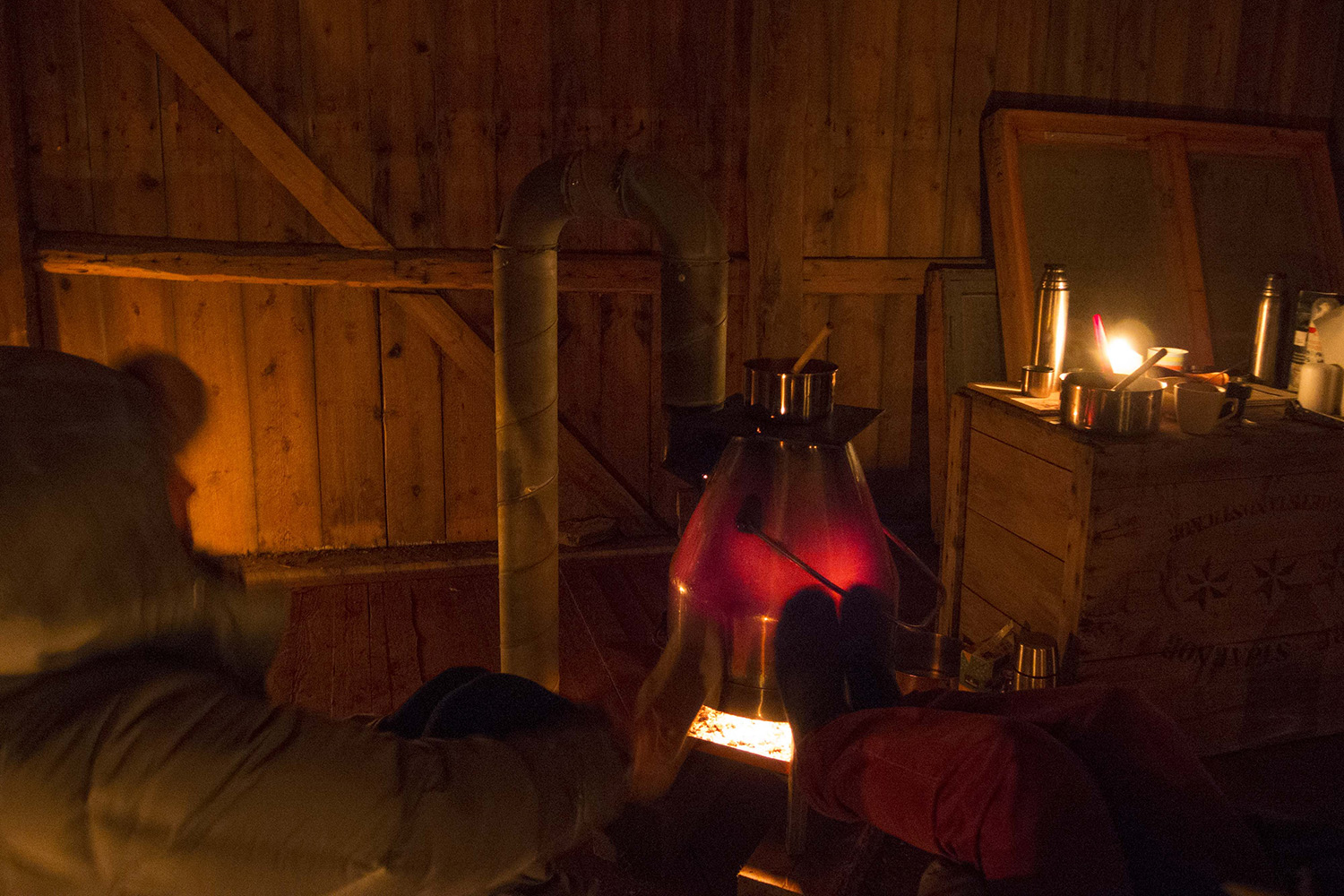
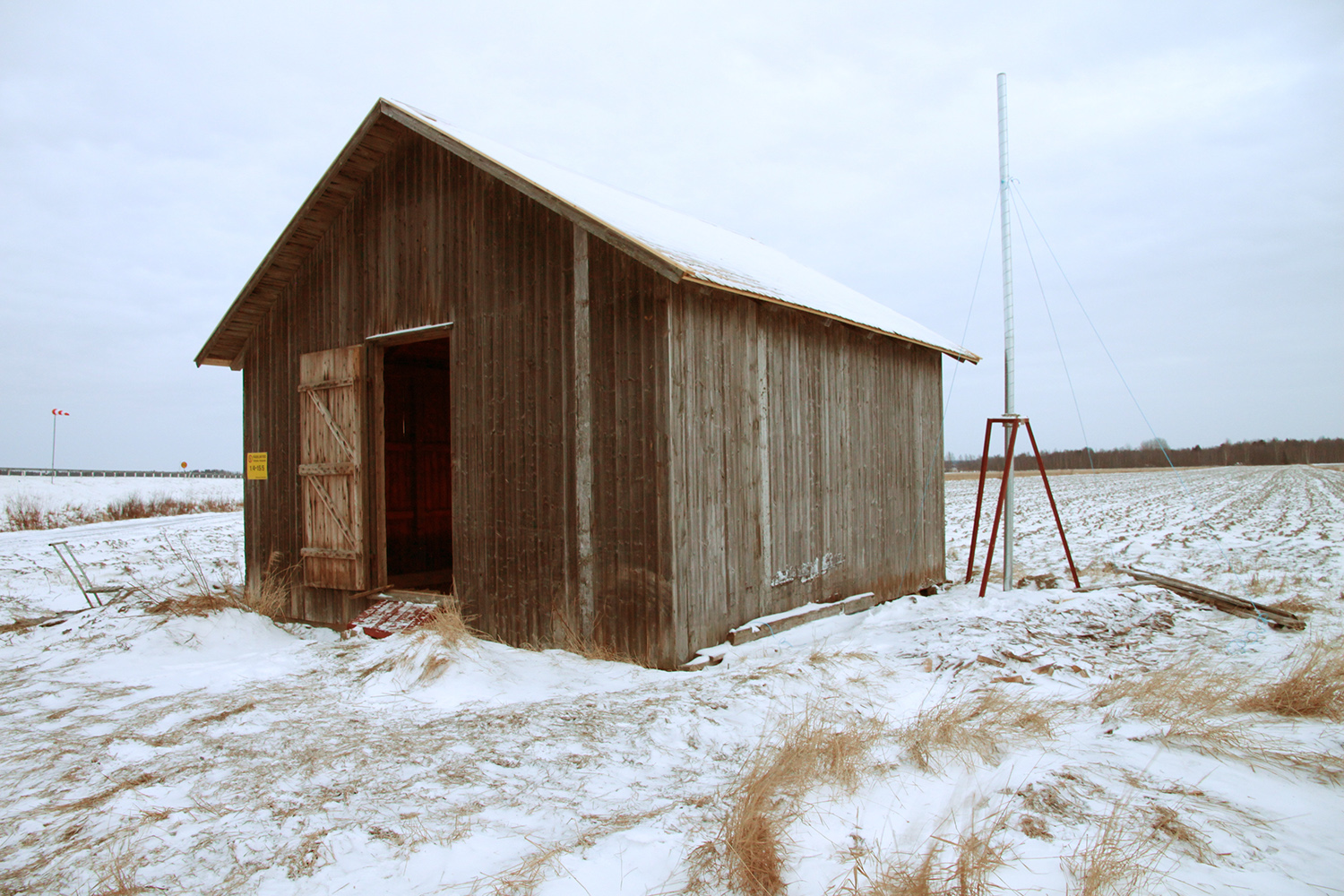
This resulted in the proposal for a northern network of huts; a network of barns throughout Northern Scandinavia that would offer a traveller a manifold of uses or possibilities. To make it possible to travel in a slower pace then often found when we travel by car, bus, train and airplane. Depending on whom I met to discuss the idea I presented the proposal either as a solution for preservation of the barns, a means to support travelling in a slower pace or as a project for tourism. The barns were my focus and I had noticed they are omnipresent in Northern Sweden, while aware of the fact that many have already or will disappear in the future. Before developing or presenting the proposal for a network of huts as a serious alternative to decay further, I felt the need to learn more about the landscape I was proposing it for.
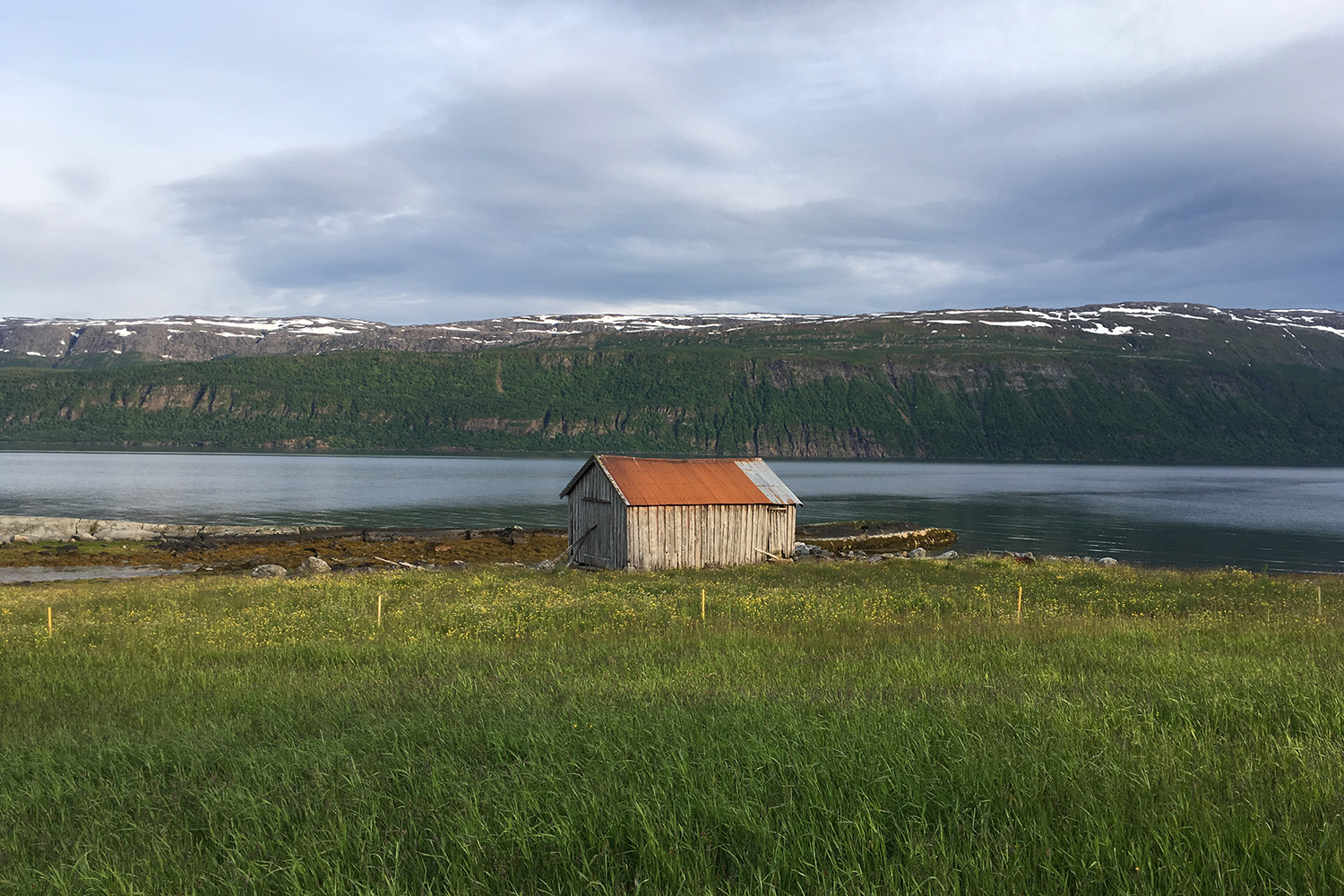
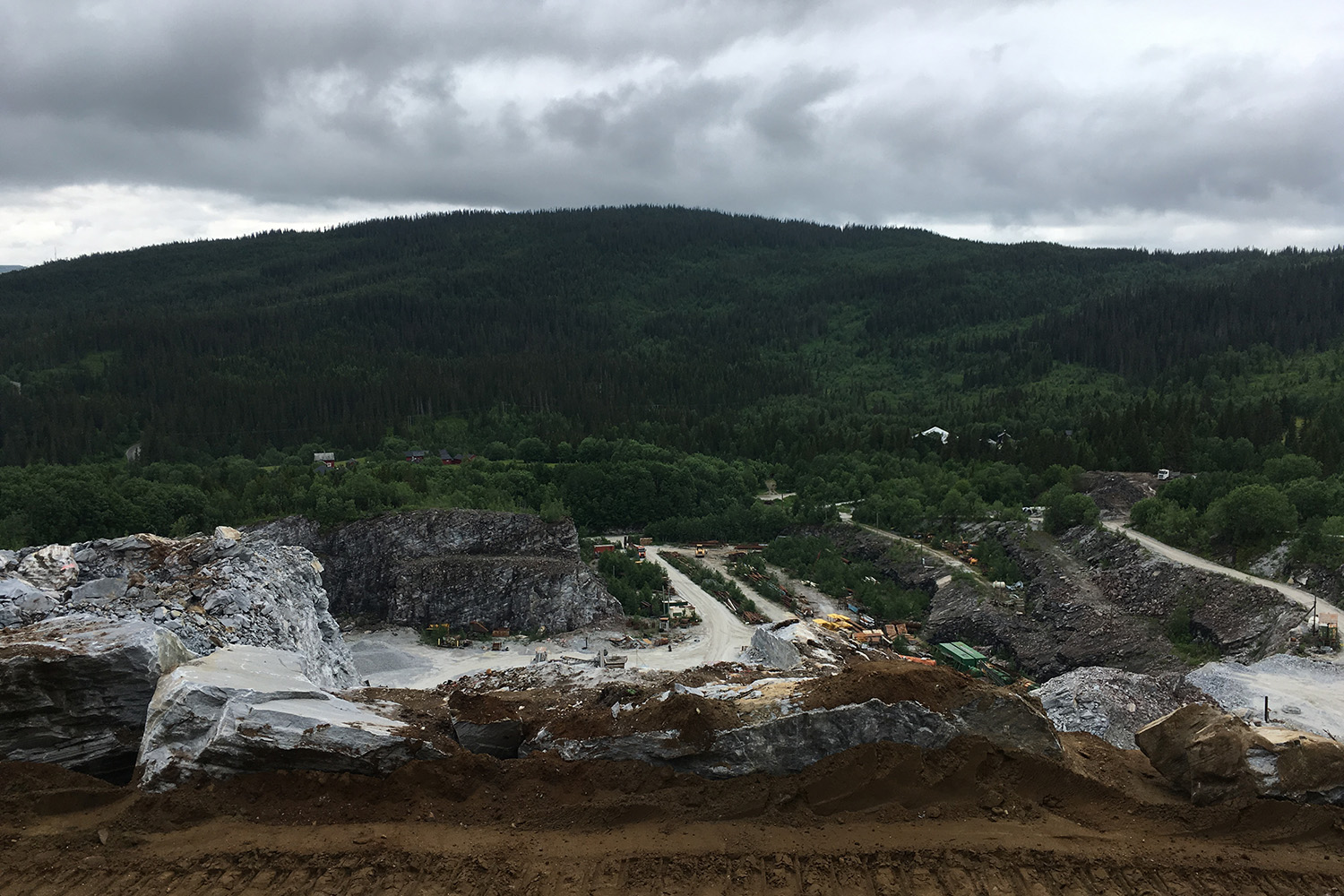
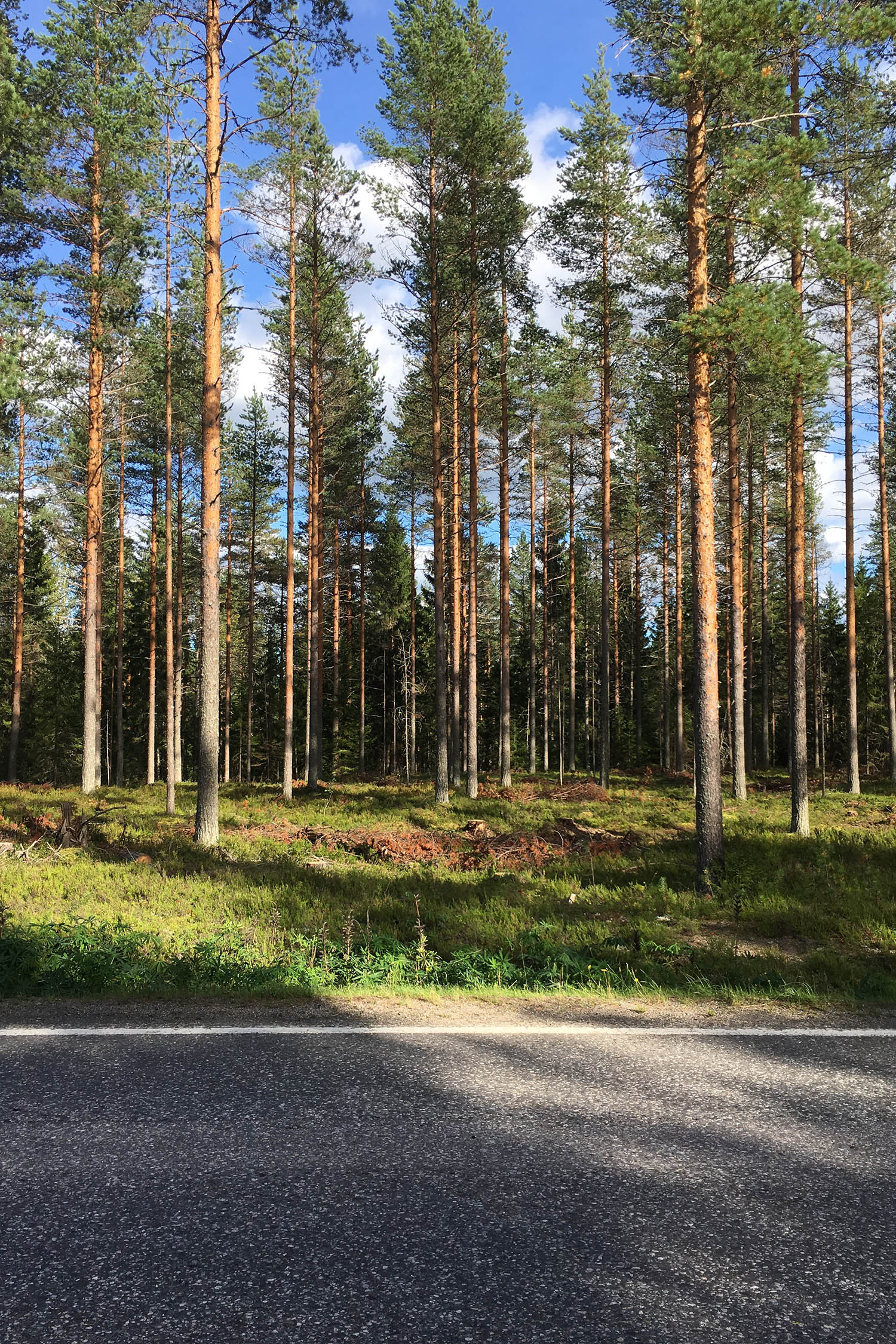
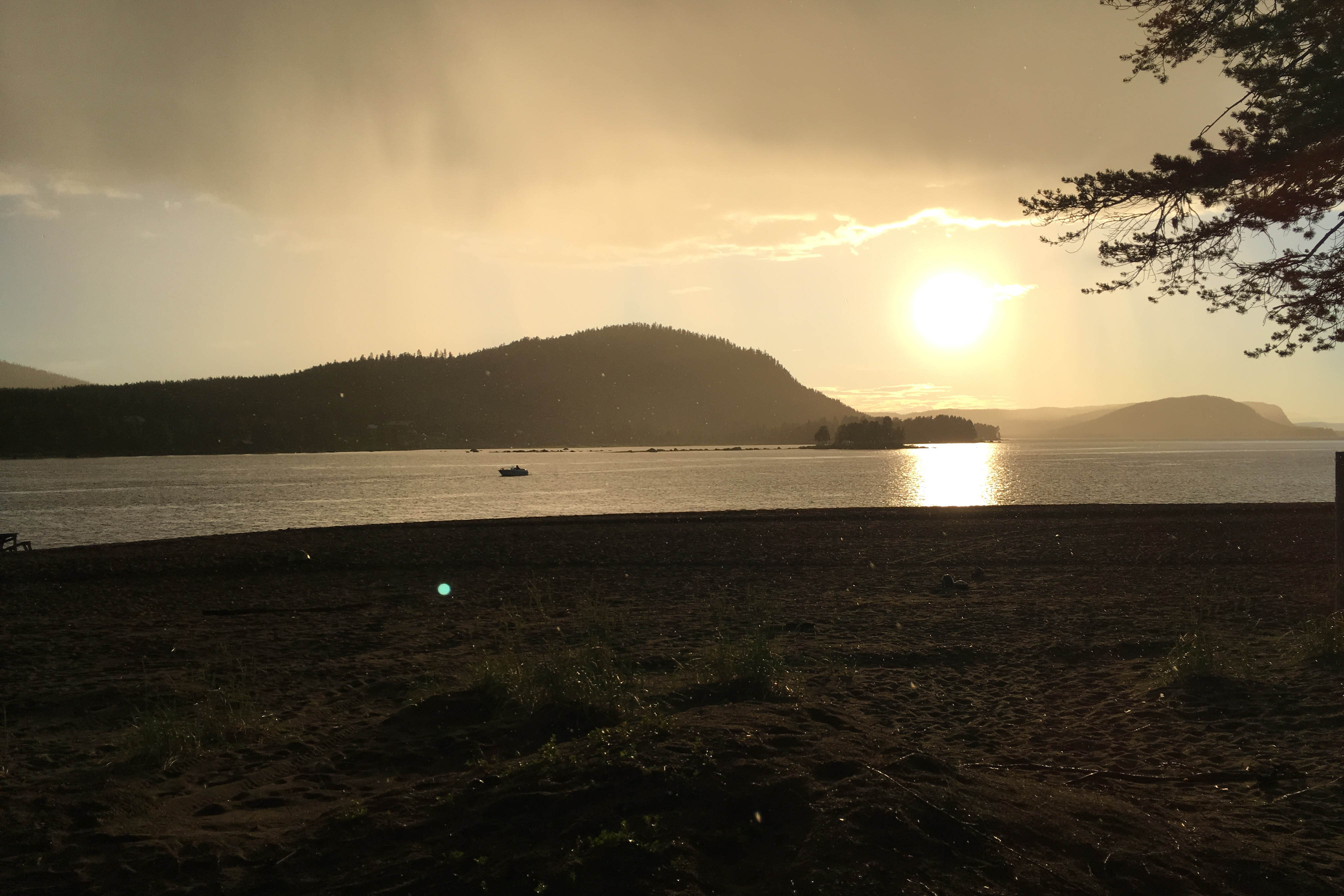

Soon enough I decided to travel along 'Blå Vägen', a road or route I had heard about, by bicycle. From Træna in Norway to Pudozh in Russia. Initially with the intention to literally map and document each barn I would find along the route and to discuss the network with their owners. For them to become the network of huts. While preparing for the journey in the spring of 2016 the idea slowly adapted until it found its final form, this included bringing three bicycles instead of one, to invite friends along. And by doing so providing new energy and fresh perspectives on our surroundings every week. Adriaan Schuitemaker, filmmaker, joined the journey several times for a broader documentation of the experience. The initial trajectory remained unchanged with the intented purpose to study the landscape.
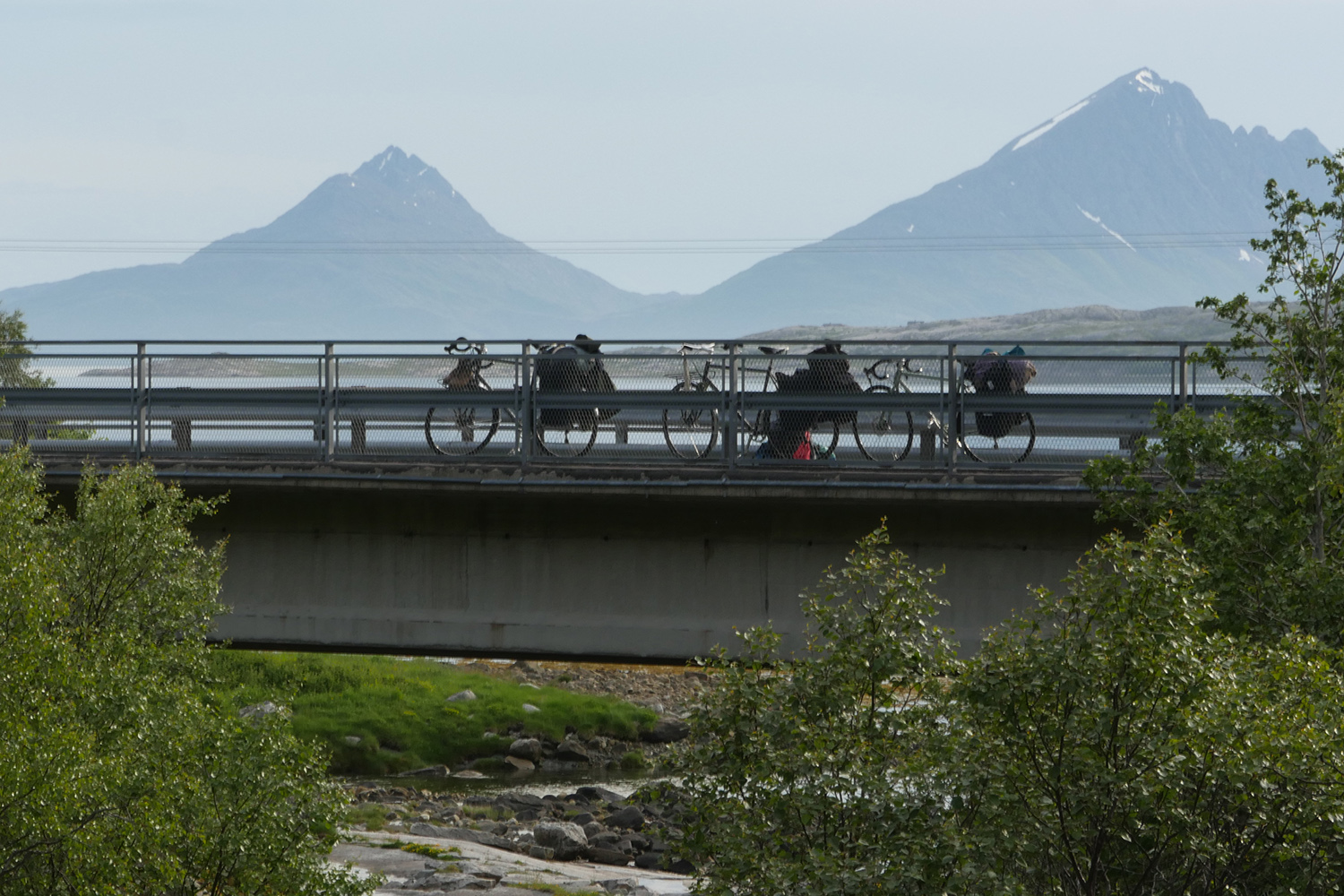
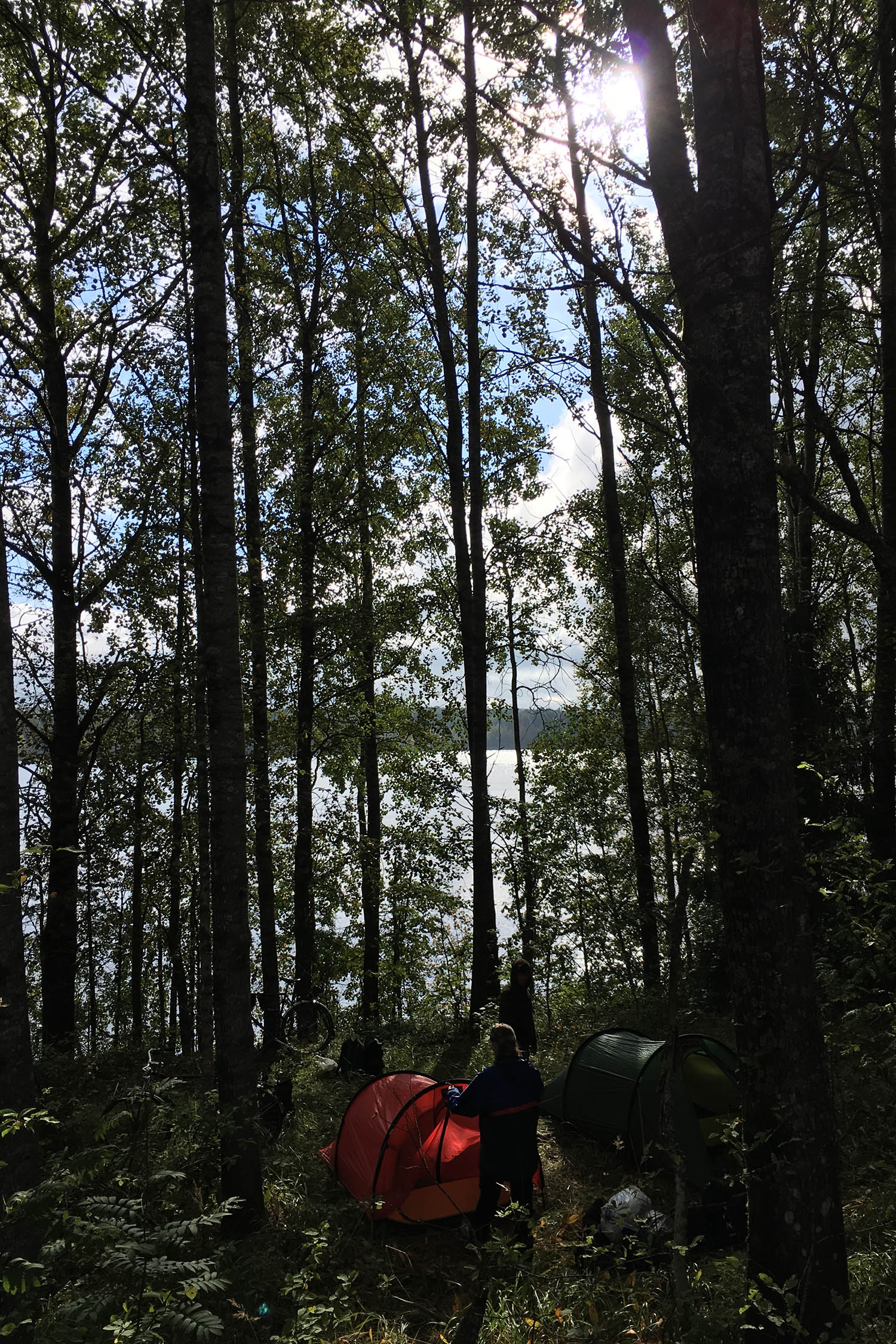

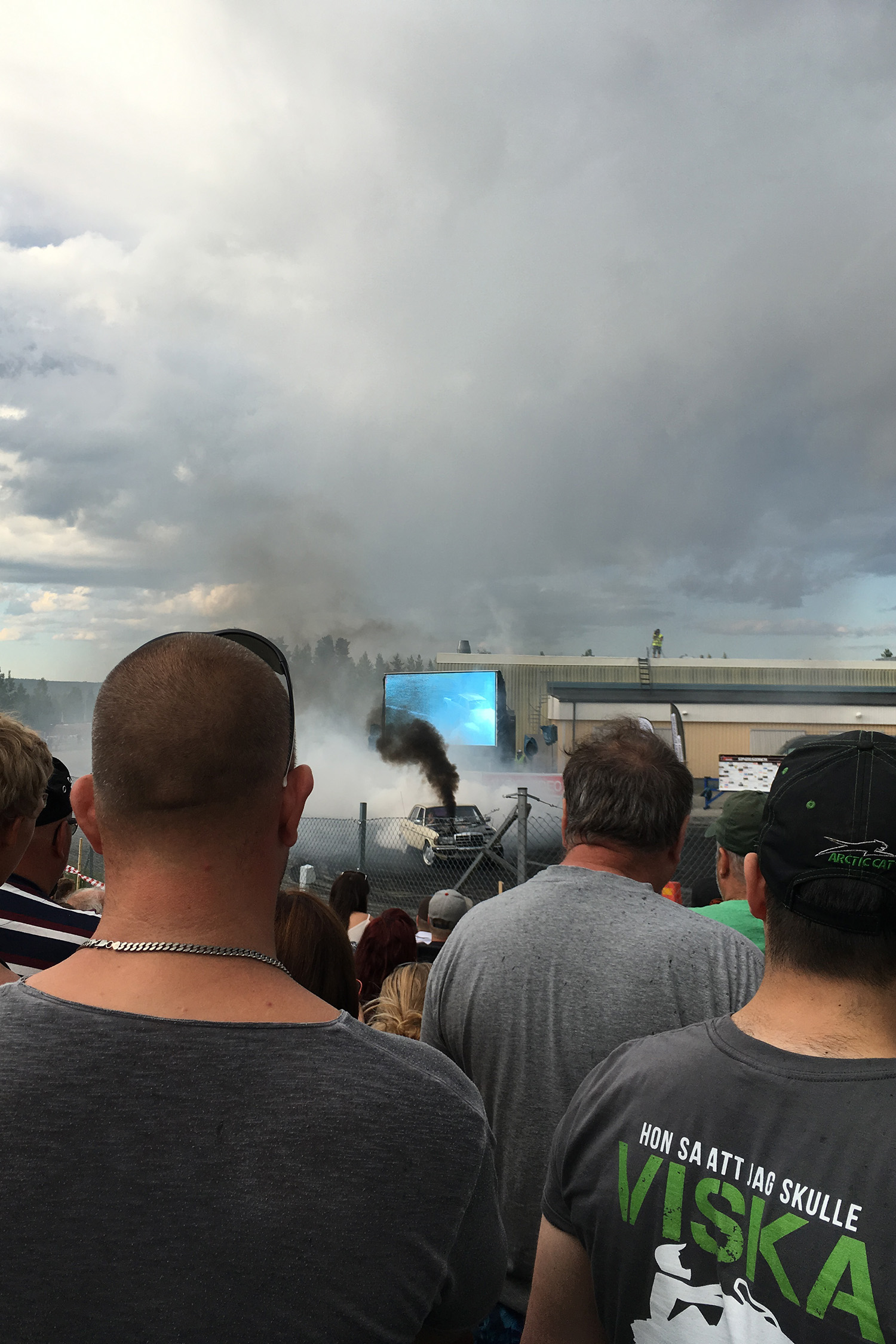
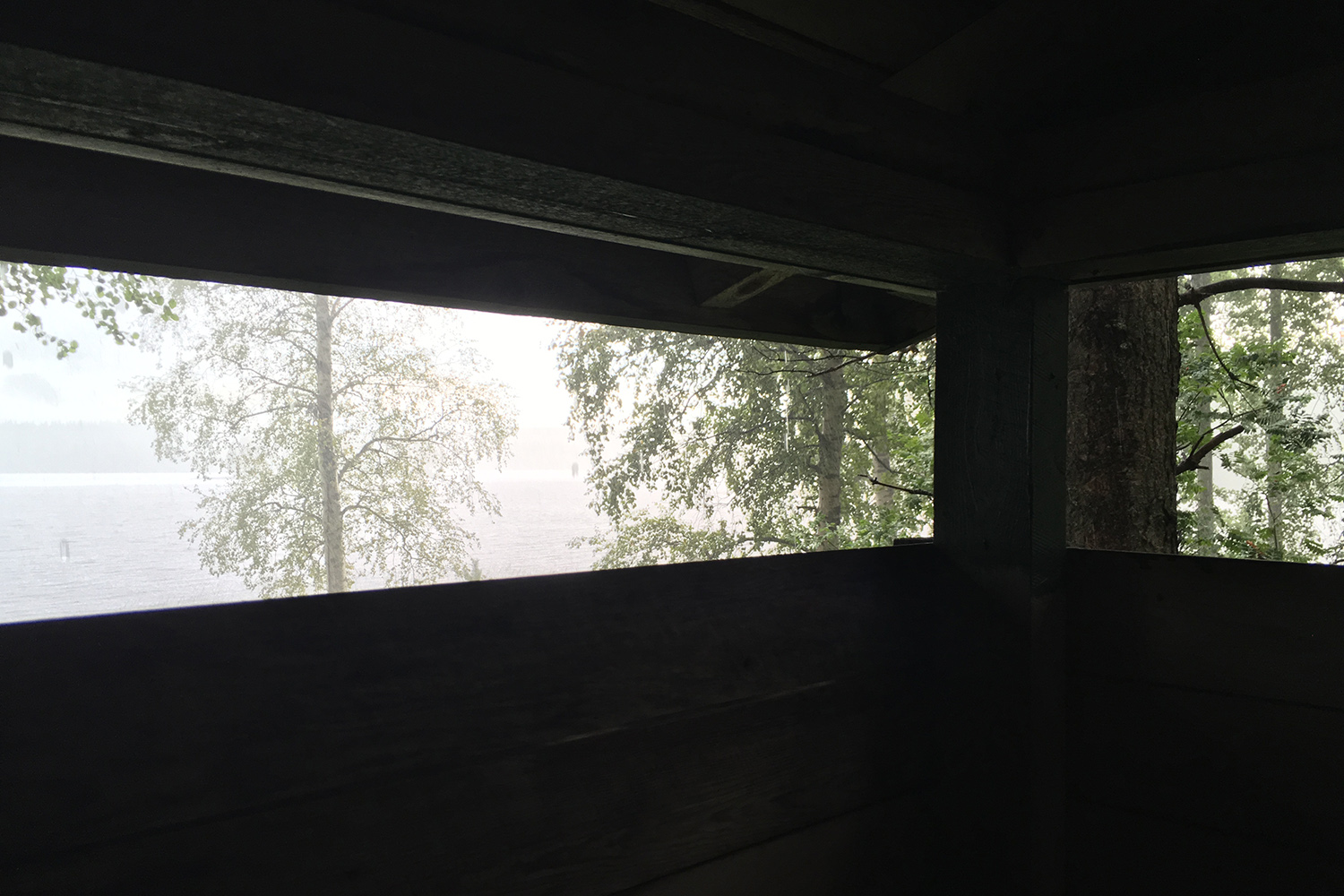
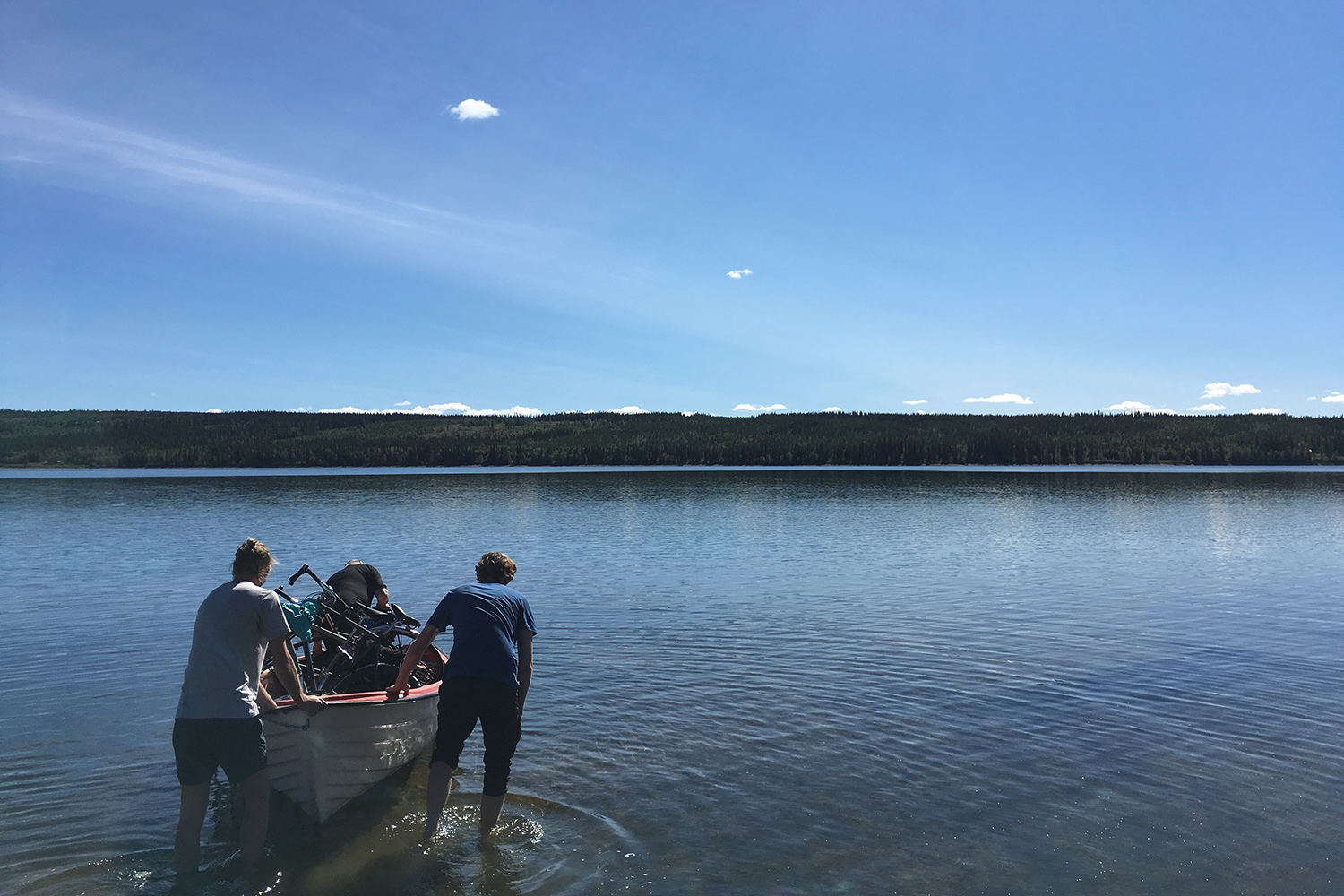

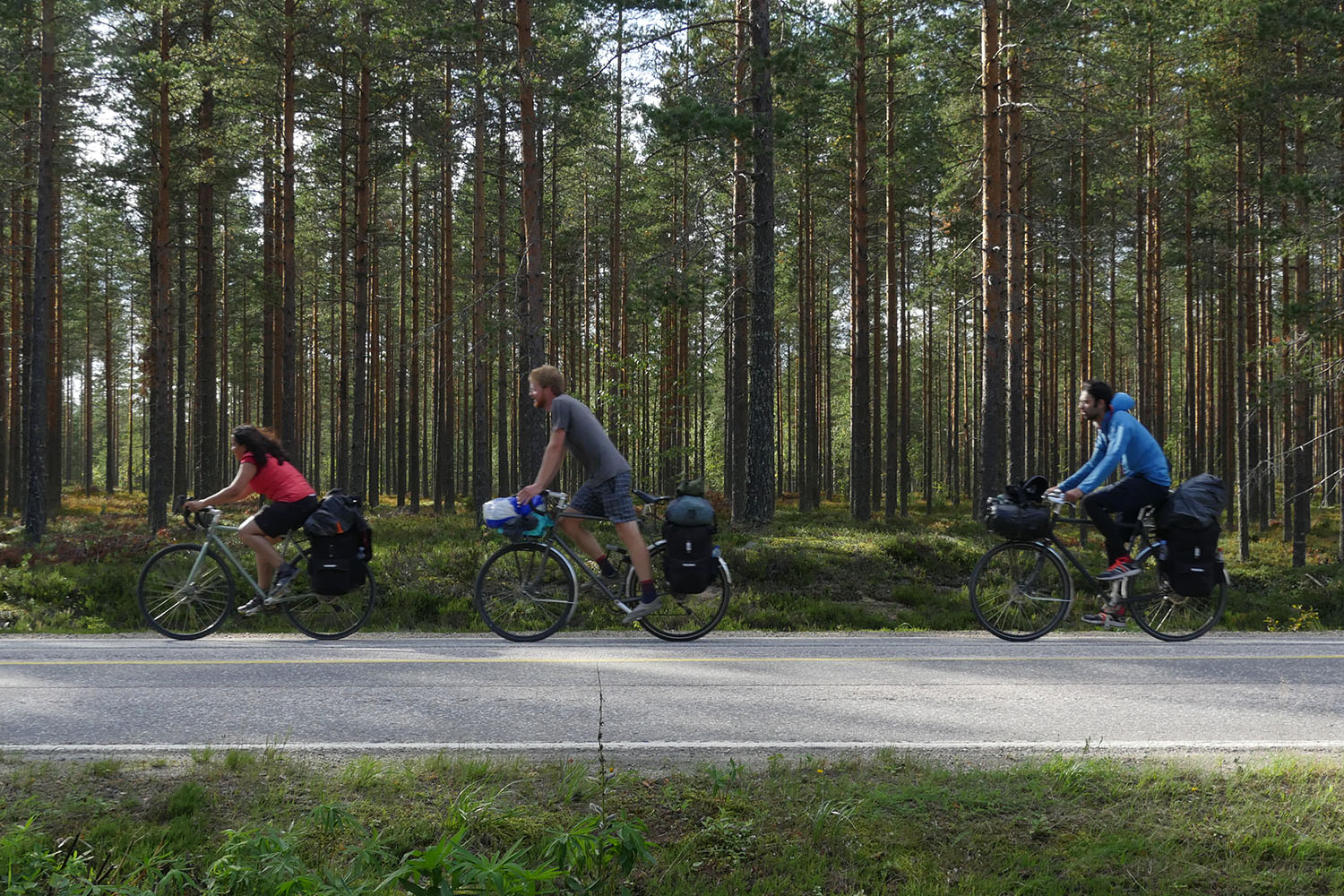
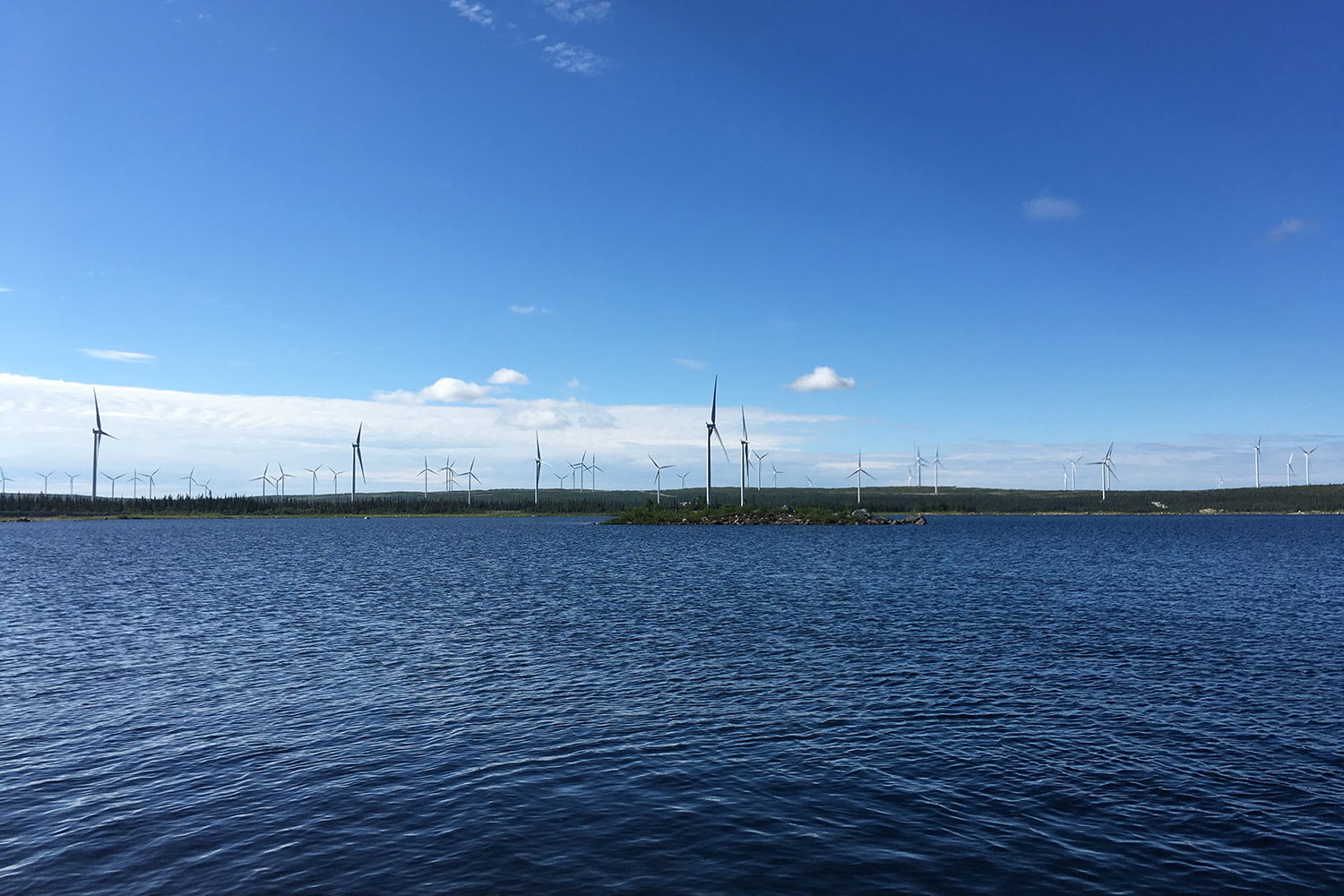
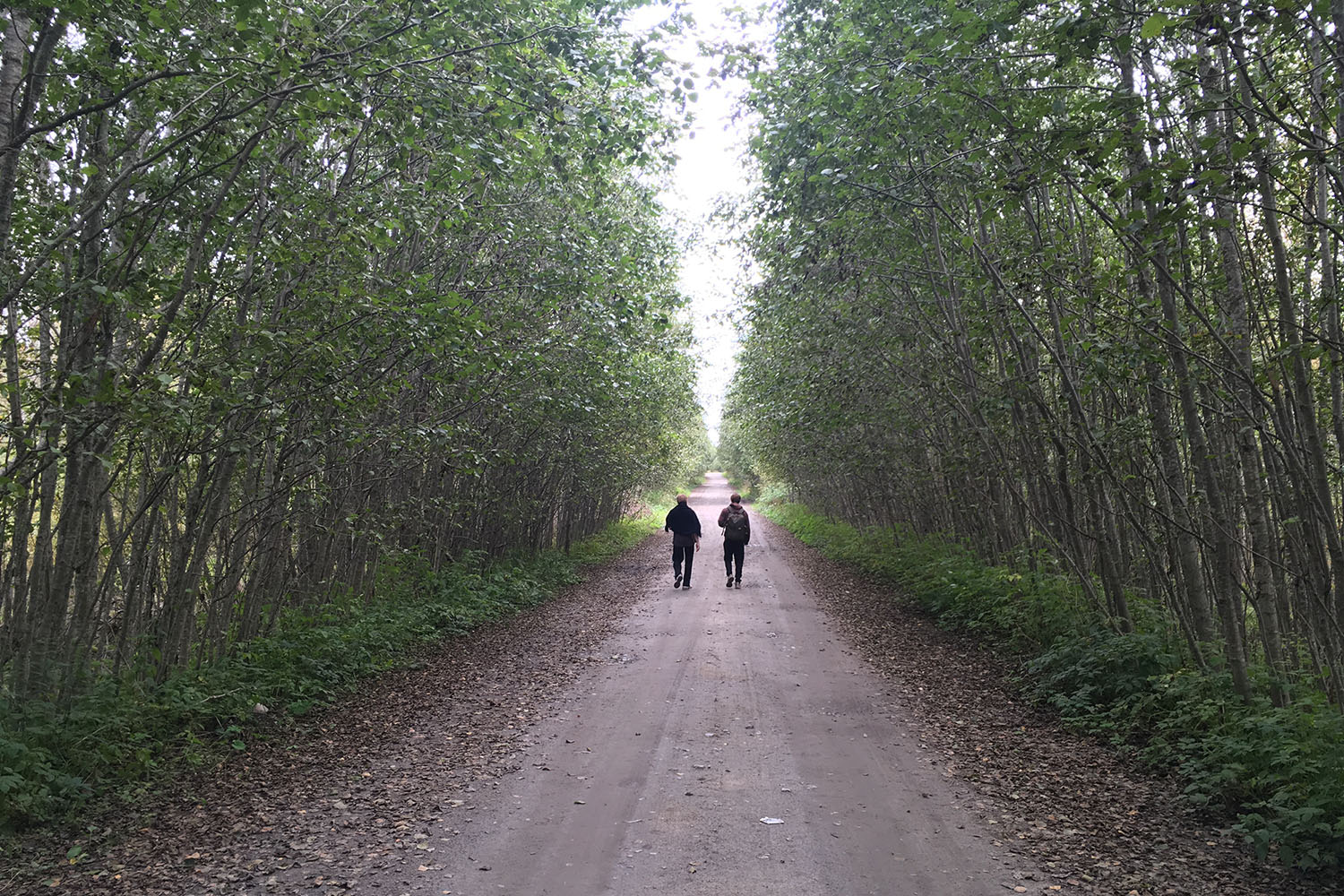
Meanwhile I have graduated from my studies in Umeå at the School of Architecture and in my thesis work I found an interest in 'the uninvited guest'. Which for me is a means to study the landscape through the qualities of wandering and of observing which is explored in part ONE of the book. In part TWO local town planning in Umeå sets my eye elsewhere and invokes an exploration. The encounters with human and non-human others in the landscape are listed here as qualities of the landscape, hoping to provide the grounds for and stimulate a differentiated understanding of the landscape. And from my encounters and time in Sweden as a whole I find myself motivated to conclude the book with a manifesto in part THREE. I want to invite you to explore what the landscape means to you both now and in the future.
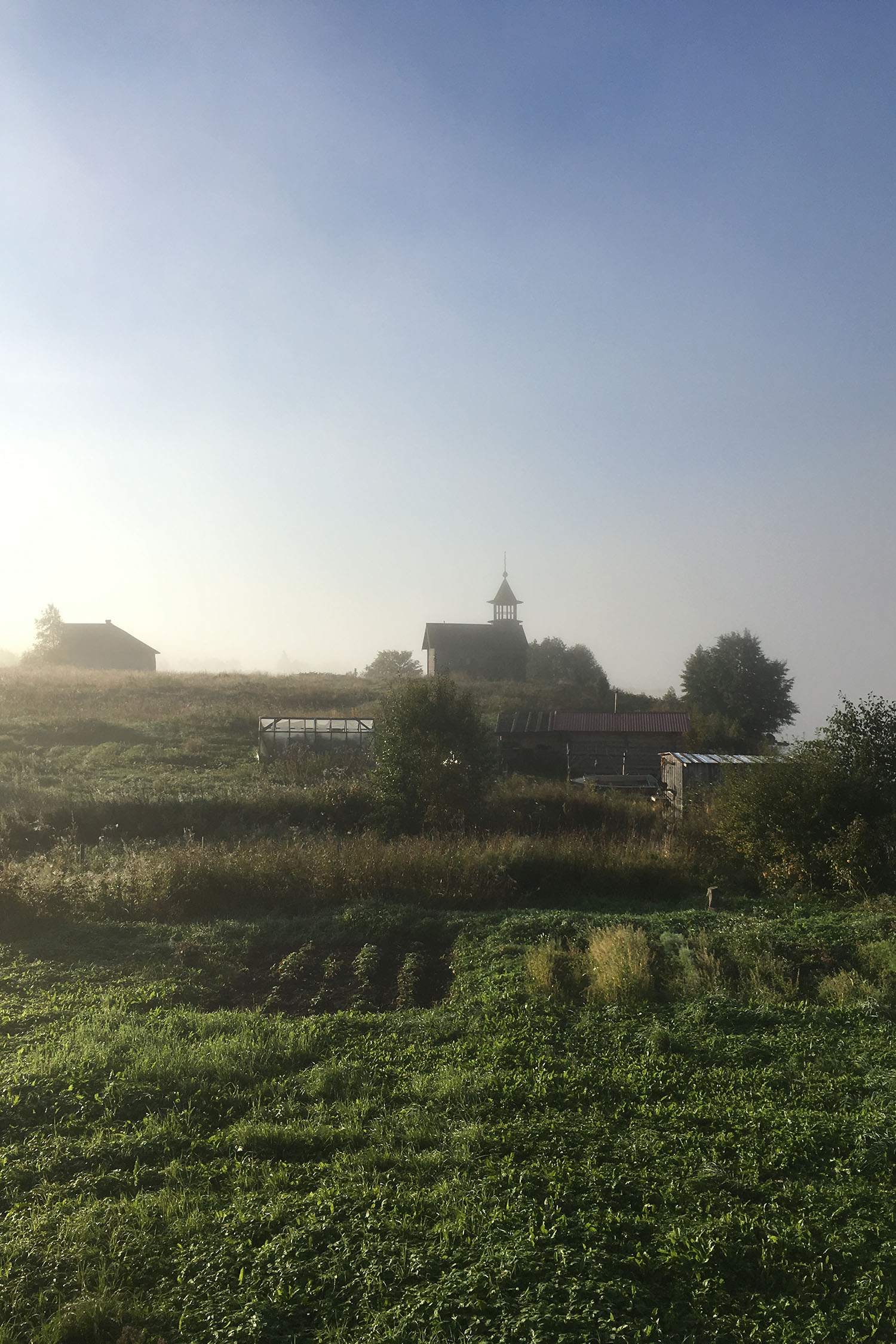
Concept, organization, cycling, writing and bookdesign by Rogier Rouwet.
Cycling filmmaker Adriaan Schuitemaker.
a
Thanks to all friends that joined, Pelago Bicycles, Föreningen Blå Vägen and the people we've met along the road.